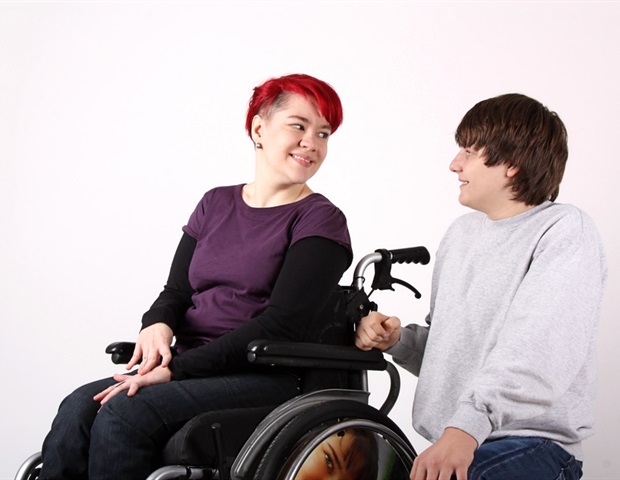
Children and teens who survive a firearm injury have a high rate of developing new mental health diagnoses in the year afterward, even compared with kids who suffered injuries in a motor vehicle crash, a new study shows.
In all, 35% of firearm-injured kids received a new mental health diagnosis in the year after the incident, compared with 26% of those hurt in crashes.
Most of these new diagnoses were related to substance misuse problems with drugs or alcohol, or stress-related conditions such as post-traumatic stress disorder – both of which were twice as likely to be diagnosed in young firearm injury survivors than in their peers who had been in vehicles that crashed.
The new data were presented at the National Research Conference on Firearm Injury Prevention, and published recently in the Annals of Surgery, by a team led by Peter Ehrlich, M.D., M.Sc., director of pediatric trauma care at the University of Michigan’s C.S. Mott Children’s Hospital and a professor of pediatric surgery at Michigan Medicine.
Ehrlich and his colleagues studied data from nearly 1,500 firearm-injured children ages 3 to 17 and nearly 3,700 similar children injured in crashes, who sought emergency care between 2010 and 2016. The injured children all had insurance through Medicaid or the CHIP program, which together cover about 40% of all American children.
Boys accounted for more than 80% of both populations of injured children, and the average age was 15. But 65% of the children hurt by firearms were Black, while 52% of those injured in crashes were non-Hispanic white children.
The study, funded by the Firearm Safety Among Children and Teens (FACTS) Consortium, helps shed light on the impact of firearm injuries among young people who survive them. In 2020 firearms overtook motor vehicle crashes as the number one cause of death for Americans age 1 to 19.
But the lack of research funding for studies of firearm injuries and their aftermath have meant an information gap for teams caring for the estimated 20,000 young people who survive firearm injuries every year.
We know that trauma exposure, such as that experienced with a firearm injury, is a well-established risk factor for child mental health conditions, but until recently we knew very little of about the mental health consequences following a firearm injury. We hope that our study will illuminate the magnitude and types of disorders most likely to arise in young firearm injury survivors, so they can receive timely diagnosis and care.”
Peter Ehrlich, M.D., M.Sc., director of pediatric trauma care at the University of Michigan’s C.S. Mott Children’s Hospital and a professor of pediatric surgery at Michigan Medicine
They also looked at whether a new mental health diagnosis was a child’s first, or added to a previous different mental health condition.
In all, 18.4% of the firearm-injured children who hadn’t had a mental health diagnosis beforehand received a new diagnosis in the year after – compared with 13.5% of those injured in a crash. And among children whose records from before their injury showed at least one mental health diagnosis, 16.4% received an additional unrelated diagnosis after a firearm injury, compared with 12.5% of those hurt in a crash.
Ehrlich notes that firearm injury survivors had higher scores on a composite measure of injury severity, were more likely to be hospitalized and more likely to need intensive care, compared with motor vehicle crash survivors. That has implications for costs of care and complexity of follow-up care. Overall, those admitted to the hospital were more likely to be diagnosed with a new mental health condition.
Source:
Michigan Medicine – University of Michigan
Journal reference:
Ehrlich, P.F., et al. (2022) Mental Health Care Following Firearm and Motor Vehicle-related Injuries. Annals of Surgery. doi.org/10.1097/SLA.0000000000005557.









